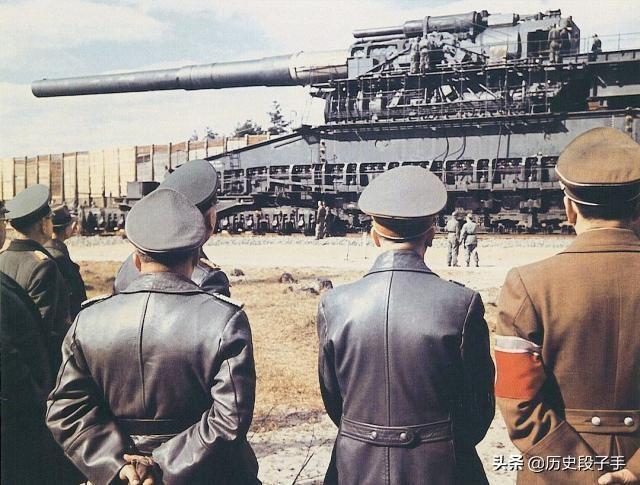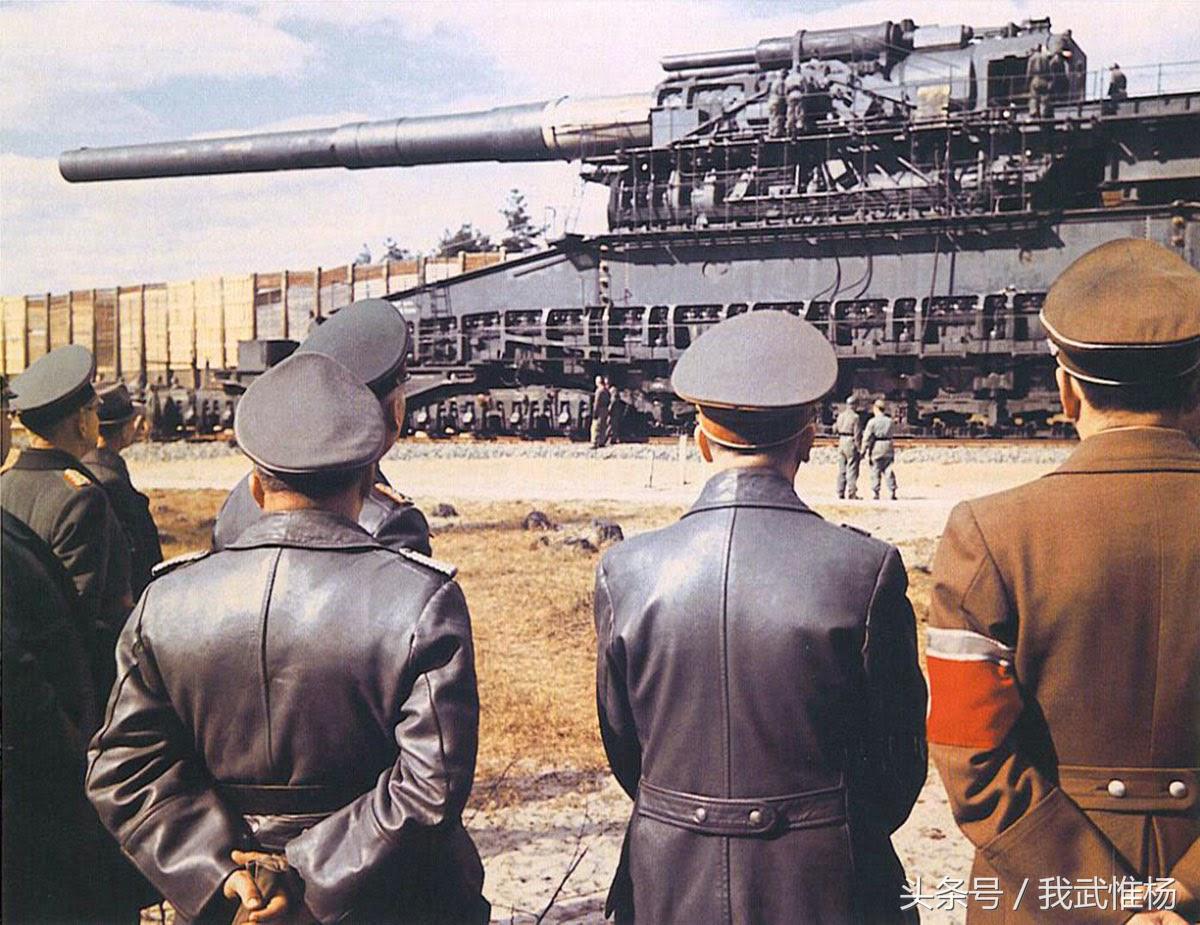Gustav Giant Cannon是一座军事工程纪念碑,代表着军事工程的卓越成就。这座大炮以其巨大的尺寸和强大的火力而著称,是军事技术发展的杰出代表。它的建造体现了工程技术的精湛和军事力量的强大,是军事历史中的重要里程碑。
In the annals of military history, the Gustav Giant Cannon stands as a testament to the engineering prowess of the late 19th and early 20th centuries. This colossal weapon, known by its German name as "Grosskannone," was a game-changer in the field of artillery and remains a subject of interest for military enthusiasts and historians alike.
The Gustav Giant Cannon was developed during the late 19th century by the German Empire, specifically for use in the siege of fortifications. With a caliber of over 42 centimeters (approximately 16 inches), it was designed to fire massive shells with high explosive power. The weight of the cannon itself was immense, with some versions weighing over 70 tons. It was mounted on a large carriage, which allowed for easy transportation and positioning.
The Gustav Giant Cannon was not only large in size but also in its ability to fire. Its range was impressive, reaching over 30 kilometers (approximately 18.6 miles) with standard shells. The high trajectory and velocity of its projectiles made it an effective weapon against fortified positions and enemy troops. The cannon could also fire multiple types of shells, including high explosives, shrapnel, and even chemical weapons during World War I.
The Gustav Giant Cannon played a significant role during the early 20th century, particularly during the World Wars. It was used in several key battles and sieges, including the Siege of Antwerp during World War I and the subsequent conflicts in Europe. Its sheer size and firepower made it a formidable weapon that could turn the tide of battle in favor of the attacking force.
However, the Gustav Giant Cannon was not without its challenges. Its immense weight and complexity made it difficult to transport and operate. It required a large crew to operate effectively, which made it vulnerable to enemy attack. Despite these challenges, the cannon's firepower and accuracy made it a valuable asset to any attacking army.
The Gustav Giant Cannon also holds significant historical value. It represents the dawn of modern military engineering and the evolution of artillery weapons. Its development pushed the boundaries of engineering and technology, leading to the creation of even more powerful weapons in subsequent centuries. The Gustav Giant Cannon is not only a monument to military engineering but also a reminder of the devastating power of warfare and the need for peace.
In conclusion, the Gustav Giant Cannon stands as a testament to the engineering prowess of the late 19th and early 20th centuries. Its size, firepower, and historical significance make it a subject of interest for military enthusiasts and historians. As we look back at its history, it reminds us of the challenges faced by previous generations and the need for peace in our own times. The Gustav Giant Cannon is not only a monument to military engineering but also a reminder of the importance of peace and understanding in our world today.
From its development in the late 19th century to its use in World Wars and subsequent conflicts, the Gustav Giant Cannon has played a pivotal role in military history. Its legacy continues to inspire and inform military engineers and historians today, providing valuable insights into the evolution of military engineering and warfare. As we look towards the future, we can draw inspiration from the Gustav Giant Cannon's legacy to create a more peaceful and understanding world.








 京ICP备2020048726号-8
京ICP备2020048726号-8 京ICP备2020048726号-8
京ICP备2020048726号-8
还没有评论,来说两句吧...